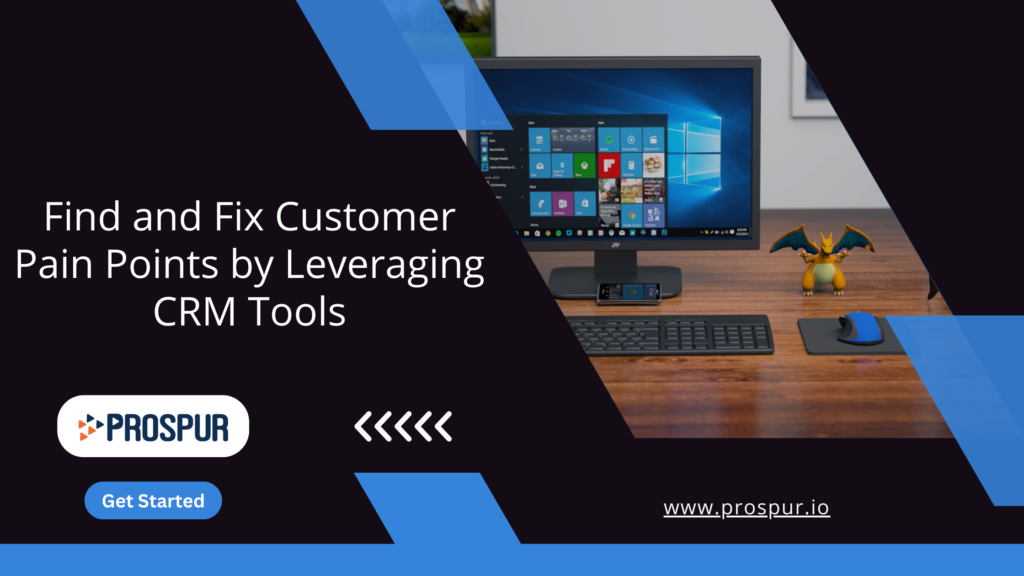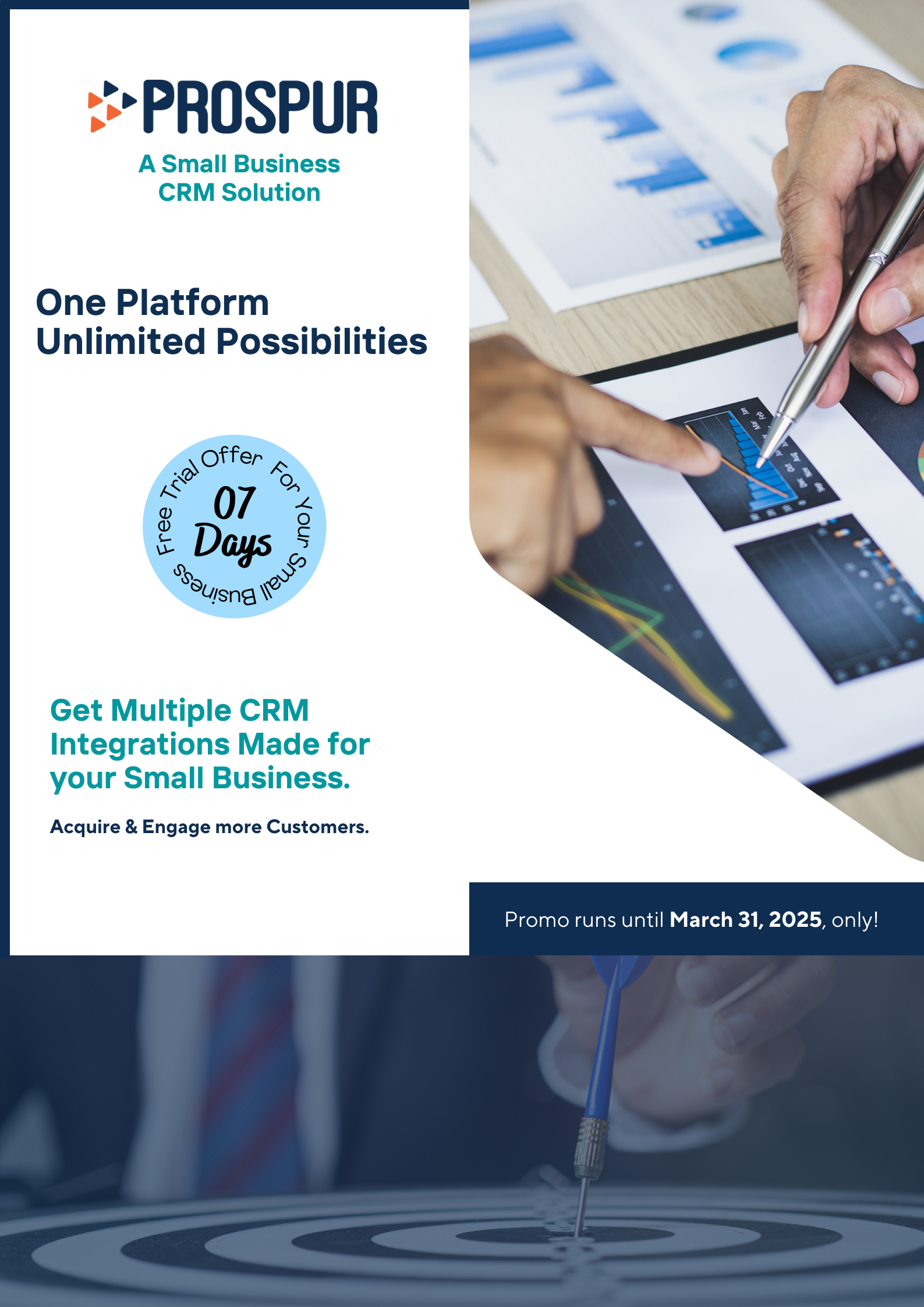Find and Fix Customer Pain Points by Leveraging CRM Tools
Editorial StaffMay 18, 2022

The quality of customer experience you provide will decide how your business expansion and revenue will be. Businesses no longer focus on one-time sales but on long-term relationships.
No wonder the sales and marketing teams and the management are spending considerable time understanding how to improve customer experience. But before we delve into it, we need to understand the types of customer pain points.
Types of Customer Pain Points
- Financial – A customer wants to buy a product or service but cannot due to its high cost. There could be various reasons for the high cost, including shipping, transportation, raw materials used, middle-men costs, large teams performing repetitive manual jobs, etc.
- Productivity – Issues with productivity arise when the product or service does not serve its purpose. They may lack the comfort and convenience of the features or may not last long as the customer expected.
- Process – Internal processes can make or break your overall productivity and profits. Inefficient flow of information between teams and inadequate access to the correct information can lead to wastage of time.
- Support – Every company provides after-sales support, but not everyone does that efficiently. If a customer faces some problem or has a question, they expect an amicable and quick resolution.
Before you begin resolving, it is important to spend some time and effort understanding the pain points through a structured approach.
How to Determine Your Customers’ Pain Points
- Ask – One of the best ways to understand the pain points is to ask the customers for feedback and maybe give a small incentive for them to do so. It is important to ask open-ended questions and record the responses. A simple example would be to ask if the support they got from the executive was adequate based on some pre-defined KPIs.
- Listen – Gathering information isn’t sufficient unless you document them. With growing data, you can use a CRM system to record customer responses and past interactions for future training and improvement. You must also listen patiently and earnestly to the customer to resolve their issues.
- Look – Keep an eye out for online reviews, not only yours but also that of your competitors. If you study the reviews, they could be your goldmine to fix customers’ pain points.
- Understand – It is important to understand and record the complete journey of a customer from their first interest to their final purchase. Define KPIs and monitor the points where customers face hiccups.
- Search – Simple search on Google will tell you what resolutions the customers are searching for. For example, if you type ‘after-sales service for X car’, you will see people asking questions online, giving you a glimpse of the problems they are facing.
We recommend using CRM software to quickly and efficiently identify and resolve customers’ pain points. This will not only save you money and time but also will keep you ahead of the competition.
How to Leverage CRM Tools to Fix Customer Pain Points
- Streamline sales – CRM tools help you gather information and generate useful reports that help the management analyze gaps and train their sales teams. It is easy to identify constantly occurring problems, such as dropped leads and quickly resolve the issue.
- Access data faster – When customers are on call, they need information quickly. We cannot afford to have them wait for long to access documents in a local drive or consult with a colleague. You need access to the information fast. By integrating the CRM with a Knowledge Management (KM) system, you can reduce the waiting time and add to the customer’s delight.
- Build better relationships – CRM systems track every customer’s online activity on your website or mobile app. This includes purchase frequency, personal preferences, payment methods, abandoned carts, canceled orders, returned orders, and more. This data is very powerful in bridging the gaps in a customer’s experience and building better long-term relationships.
- Meaningful marketing campaigns – By observing a customer’s activity, you can design meaningful emails and social media campaigns. You can also target the customers with only those emails and campaigns that are valuable to them.
Conclusion
You don’t have to be a large organization to have a CRM system. Even small and medium businesses can leverage the benefits within their budget using a cloud-based CRM. You no longer need a local server.
You can access the applications globally over a PC, mobile phone, or tablet, giving you the power to have a bird’s eye view of your business no matter where you are.

